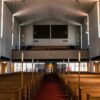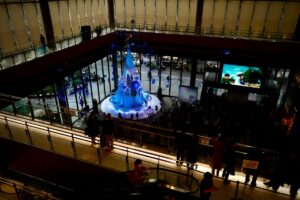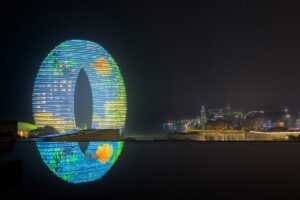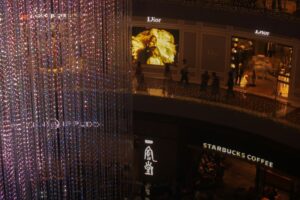How Virtual Shooting Fuels Innovation in Studio LED Video Panels

In recent years, virtual shooting has rapidly transformed the film and broadcast industry. At the heart of this change lies the studio LED video panels. These advanced displays now go far beyond traditional backdrops. As demand rises, manufacturers are focusing on key innovations. Let’s explore how this evolution unfolds.
The Virtual Shift: A New Era in Visual Production
Traditional green screens are being replaced by studio LED video panels. Why? Because real-time background rendering creates unmatched realism. Directors and actors now interact with dynamic environments, not just empty spaces.
Moreover, virtual shooting allows for quicker scene changes. It reduces location costs and shortens production timelines. This convenience directly pushes LED technology to evolve.
Enhancing Resolution and Refresh Rates
One major improvement is higher pixel density. Sharp images are essential in close-up shots. Therefore, studio LED video panels now feature finer pixel pitches. At the same time, engineers have boosted refresh rates. This eliminates flickering and ensures smooth camera capture.
Consequently, production quality improves significantly. Viewers get more immersive visual experiences. These features also benefit live-streamed content and virtual events.
Improved Color Calibration and HDR Support
Color accuracy is vital. Whether it’s a sci-fi scene or a desert sunset, precise color tones matter. Newer studio LED video panels support HDR (High Dynamic Range). This ensures true-to-life contrast and brightness.
Also, color calibration technologies have become more advanced. Panels now adapt better to varying camera types and light sources. As a result, virtual scenes look more natural and cinematic.
Seamless Integration with Real-Time Engines
Studios use engines like Unreal Engine to render scenes in real-time. Therefore, compatibility is key. Modern studio LED video panels are built for low-latency operation. This means visuals sync perfectly with actor movements and camera angles.
Furthermore, these panels support genlock and timecode functions. These help align the LED display with production systems. Consequently, editing and post-processing become more efficient.

Durability and Portability for On-the-Go Studios
Virtual sets aren’t just for major studios. Smaller productions also adopt them. That’s why lightweight, modular studio LED video panels are now in high demand. They are easy to transport and install. At the same time, their rugged design withstands frequent use.
Additionally, manufacturers now offer heat-resistant and energy-saving designs. This ensures stable operation even during long hours of filming.
Looking Ahead: AI and Intelligent Control
As innovation continues, AI is entering the picture. Smart panels can now adjust brightness and color based on scene requirements. Also, automatic fault detection systems enhance reliability.
With virtual production becoming mainstream, studio LED video panels must evolve continuously. Through smart integration, sustainability, and better performance, the industry moves toward a brighter digital future.
Conclusion
Virtual shooting is reshaping how content is created. In response, studio LED panels are evolving with smarter, sharper, and more responsive technologies. As these displays become central to visual storytelling, their innovation will keep accelerating.
Contact us: https://www.madderled.com/









Leave a reply